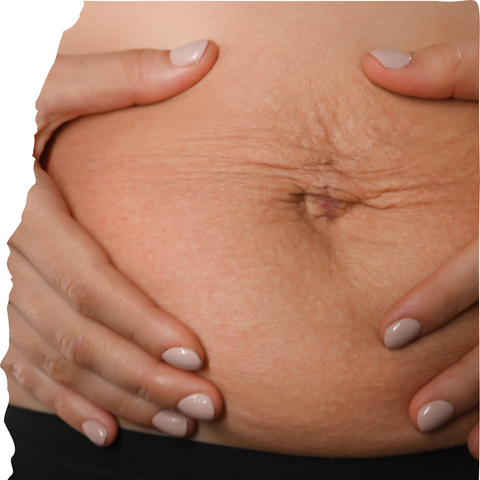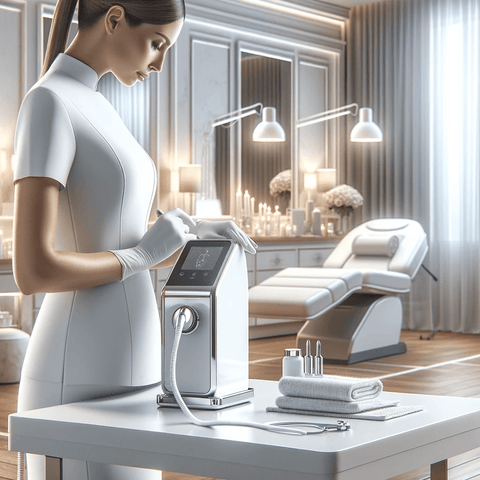Diastasis Recti Treatment in Singapore
All pregnant women experience diastasis recti, a separation in the abdomen that occurs. When the tissue between the rectus abdominis muscles - the two sides of your “six pack” stretches. Sometimes, even tears at the central sheer line. After delivery, the condition persists in up to 60% of women. Here we will explore diastasis recti treatment in Singapore; causes as well as symptoms.
Can You Fix Diastasis Recti?
In severe cases, surgery may be necessary to repair the separation. But in most cases, people treat diastasis recti with work outs and physical therapy. Abdominal support such as pregnancy belts or bands can also help decrease muscle separation.
How Do You Check To See If You Have Diastasis Recti?
If you feel a gap or separation that is wider than two fingers widths, you may have diastasis recti. Slowly lift your head and shoulders off the floor, as if you are doing a crunch. As you lift, feel for any gap or separation between the two sides of your front abdominal muscles.
Is It Too Late To Fix Diastasis Recti?
Although it is never too late to close your diastasis recti, a worsen symptoms or more serious hurdles if ignored. This condition can affect anyone, regardless of age or fitness level.
What Happens If Diastasis Recti Goes Untreated?
Rectus diastasis creates a visible bulge in your abdomen. And can also lead to chronic lower back pain which reduces potency if left not treated. Seeking treatment early can prevent these draw backss and improve overall quality of life.
Can You Fix Diastasis Recti Without Surgery?
There are several non-surgical options for managing diastasis recti, including physical therapy and targeted work outs. The effectiveness of these methods may vary on the gravity of the condition. But they offer alternatives to surgery for many patients.
Diastasis recti is a common condition that affects many individuals, particularly pregnant women. While surgery may be necessary in severe cases, non-surgical options such as physical therapy. And abdominal support can further effectively treat this condition. It is crucial to consult a medical expert to tailor a fitting treatment for you.
Common Questions Asked
Initially, you should perform a self-check for any gap in your abdominal muscles and then consult a healthcare professional. They can confirm the diagnosis and discuss appropriate treatment options, which may include exercises, physical therapy, or other interventions.
Yes, exercises that focus on deep core strength, like pelvic tilts and certain types of modified pilates, can be beneficial. However, it's important to avoid exercises that can strain the midline, such as traditional crunches or sit-ups.
Maintaining proper posture can alleviate excessive pressure on the abdominal muscles. Engaging in activities that promote core stability and avoiding those that cause the abdomen to "dome" can support the healing process.
Long-term management of Diastasis Recti includes maintaining a healthy weight, continuing with core-strengthening exercises, and being mindful of abdominal pressure during daily activities. It's also essential to follow up with your healthcare provider regularly.







